Feeding A Palm Tree: Learn How To Fertilize Palms
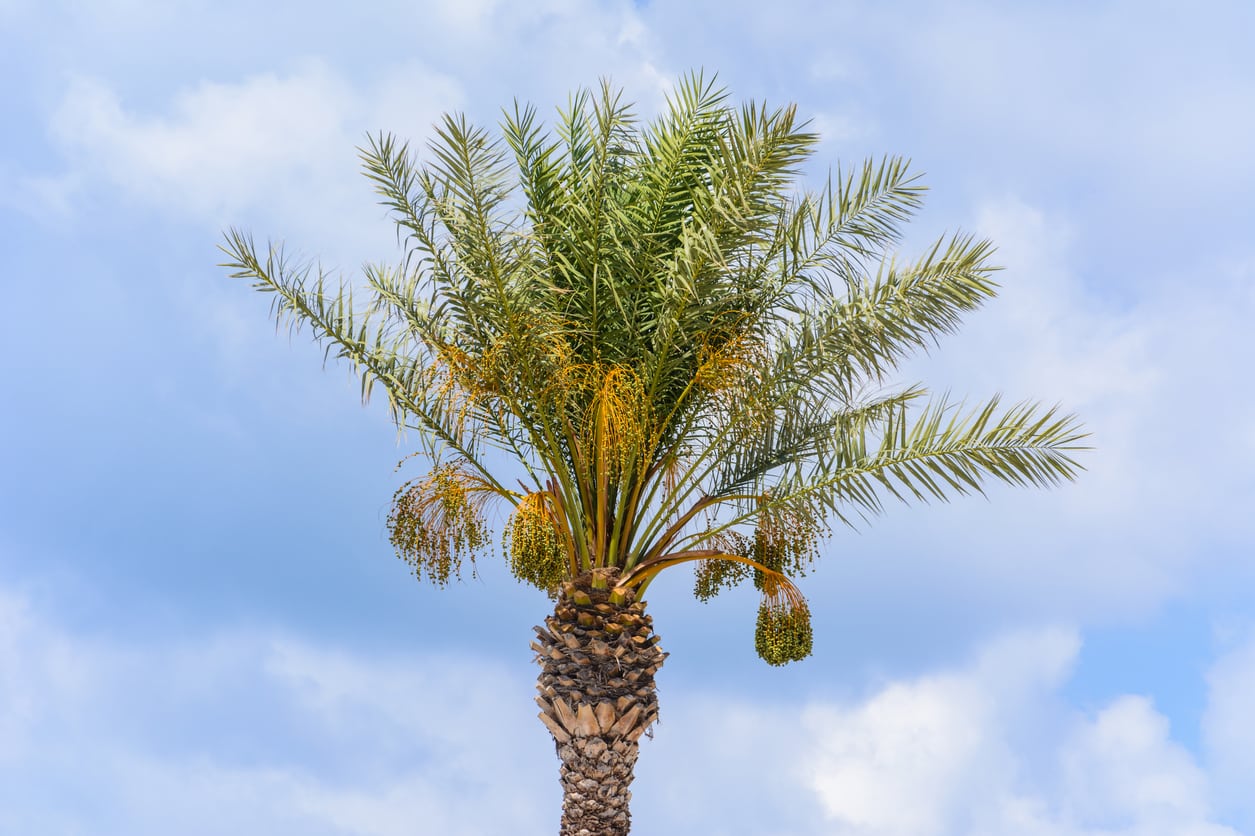

Throughout Florida and many similar areas, palm trees are planted as specimen plants for their exotic, tropical look. However, palm trees have high nutritional demands and the calciferous, sandy soil they’re often grown in cannot always accommodate these needs. Read on to learn more about fertilizing palm trees.
Fertilizers for Palms
Palm trees are a famous icon for many tropical locations. However, nutrients are quickly leached out of sandy soils, especially in regions with heavy seasonal rains. In regions like this, palm trees can become seriously deficient in certain nutrients. Nutrient deficiencies can cause numerous problems, affecting the overall health and appeal of palm trees. Like all plants, palm trees require a combination of nitrogen, phosphorus, potassium, and micronutrients for optimal growth. Deficiencies of one or more of these nutrients can be seen on the large foliage of palm trees. Palm trees are quite prone to magnesium deficiencies, which cause older foliage to turn yellow to orange, while newer foliage may retain a deep green color. Potassium deficiency in palm trees may be displayed as yellow to orange spots on all the foliage. A manganese deficiency in palm trees will cause the new foliage of palms to turn yellow and new shoots to wither. All these problems are not just unappealing, they can also lead to defoliation and the slow death of palm trees if not corrected.
How to Fertilize Palms
Sandy soils drain very quickly, and vital nutrients drain away right along with the water. For this reason, it is not very effective to water in fertilizer when feeding a palm tree, as the plant’s roots won't have adequate time to soak them up. Instead, it is recommended that you use slow-release fertilizer that is specifically formulated for palms when fertilizing palm trees. These are available as granules, pellets, or spikes. They deliver small doses of nutrients to palm roots over an extended period of time. Granules or pellets should be applied to the soil directly above the root zone, under the canopy. Palm tree fertilizer should be applied one to three times a year, depending on the specific brand's instructions. Some slow-release fertilizers may say “feeds up to 3 months,” for example. You would apply a fertilizer like this more often than one that “feeds up to 6 months.” Generally, the initial dose of palm fertilizer would be applied in early spring. If only two feedings are required, the second dose of palm tree fertilizer would be applied in midsummer. However, it is always important to follow the instructions on the label of the specific fertilizer you are using. Over-fertilizing can be more harmful than not fertilizing at all.
Gardening tips, videos, info and more delivered right to your inbox!
Sign up for the Gardening Know How newsletter today and receive a free copy of our e-book "How to Grow Delicious Tomatoes".
-
 12 Lush Alternatives To A Lawn For Sustainable Spaces
12 Lush Alternatives To A Lawn For Sustainable SpacesAlternatives to a lawn are beautiful and also beneficial to your local ecosystem and its pollinators. Explore our top picks for plants to replace grass.
By Tonya Barnett
-
 Types Of Tomatoes Explained: Explore The Many Wonderful Shapes, Colors, Flavors, & Best Uses
Types Of Tomatoes Explained: Explore The Many Wonderful Shapes, Colors, Flavors, & Best UsesThe world of tomato varieties is vast and fascinating. Learn about the key types to grow in your garden, tailored to your preferences and space.
By Amy Grant
-
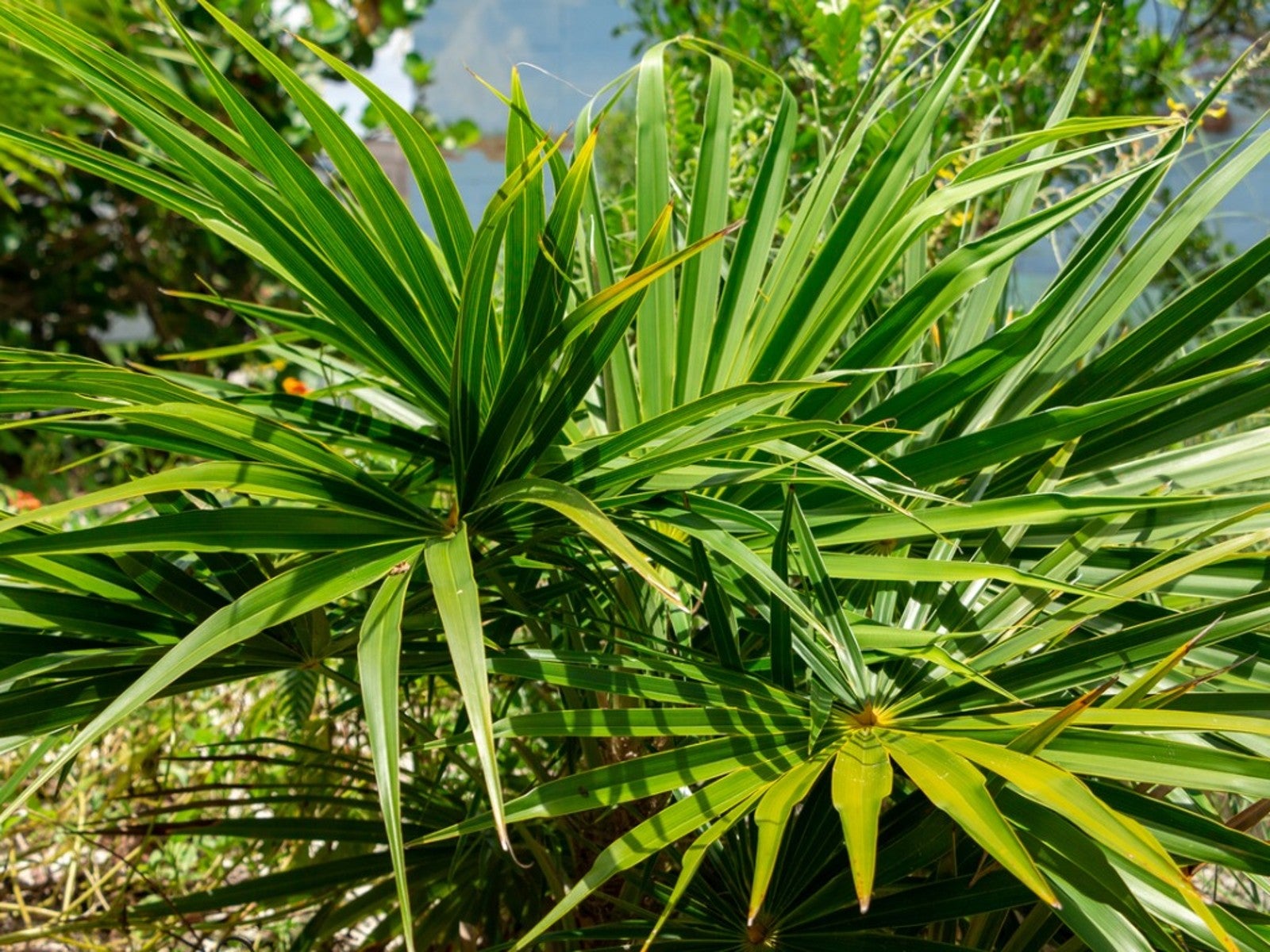 Florida Thatch Palm Facts – How To Grow Florida Thatch Palm Trees
Florida Thatch Palm Facts – How To Grow Florida Thatch Palm TreesGrowing Florida thatch palms is not difficult in the right climate. If these trees interest you, read on for more Florida thatch palm facts.
By Teo Spengler
-
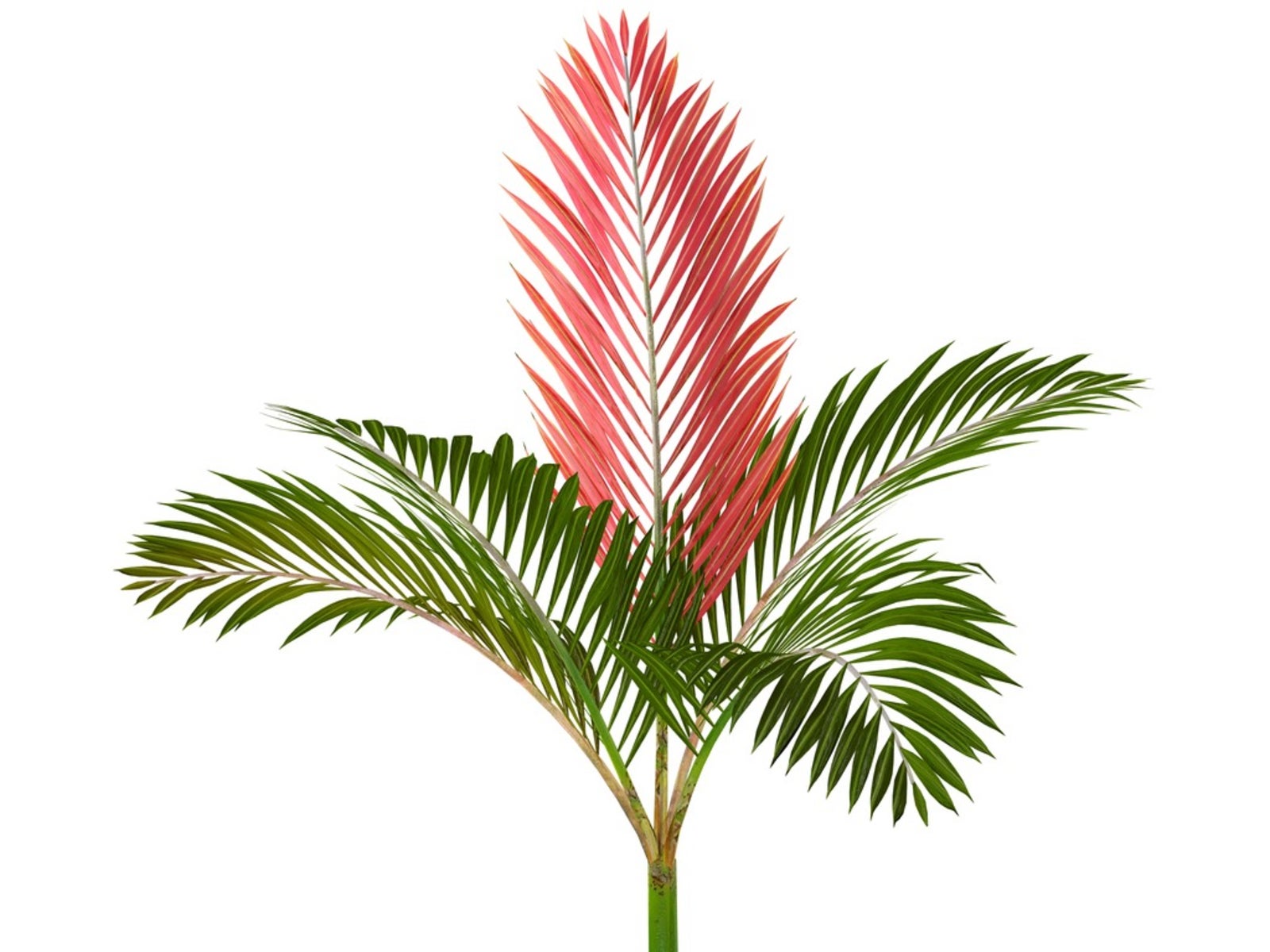 Red Leaf Palm Information – Learn About Growing Flame Thrower Palms
Red Leaf Palm Information – Learn About Growing Flame Thrower PalmsRed leaf palms are exotic and beautiful trees with leaves that grow in scarlet. If you’re thinking of growing these trees, click here for more information on red leaf palm care.
By Teo Spengler
-
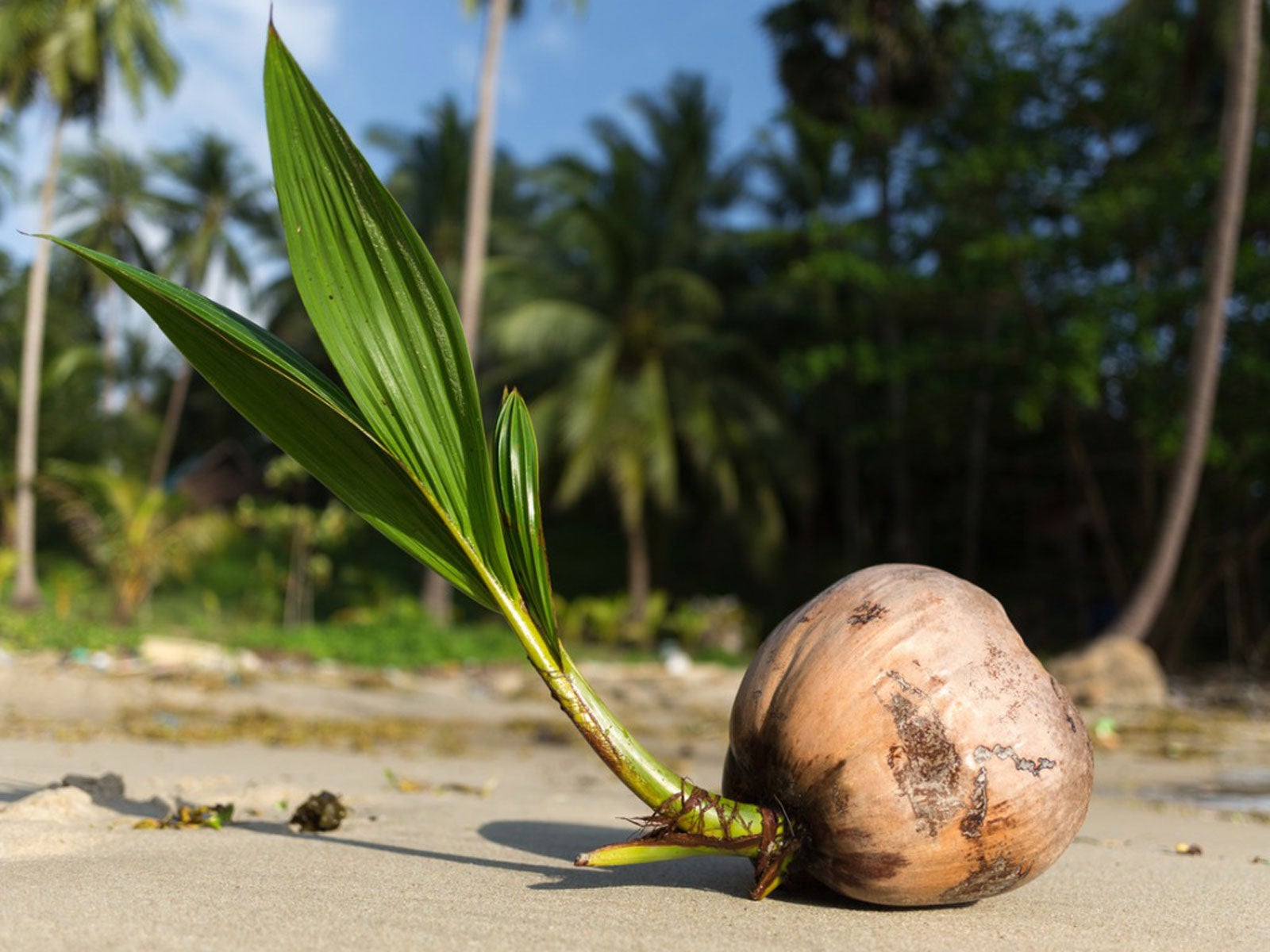 Palm Tree Seed Germination: What Does A Palm Tree Seed Look Like
Palm Tree Seed Germination: What Does A Palm Tree Seed Look LikePalm tree seed germination is not a matter of weeks but months or even years. Click here for more information on growing palms from seed.
By Teo Spengler
-
Pink Rot On Palms: Tips For Treating Palms With Pink Rot Fungus
Pink rot fungus is a palm tree disease that infects damaged or weakened palms. Like many fungi, it is easier to prevent than it is to treat. Here are some tips on dealing with pink rot on palms. Click this article to learn more.
By Jackie Carroll
-
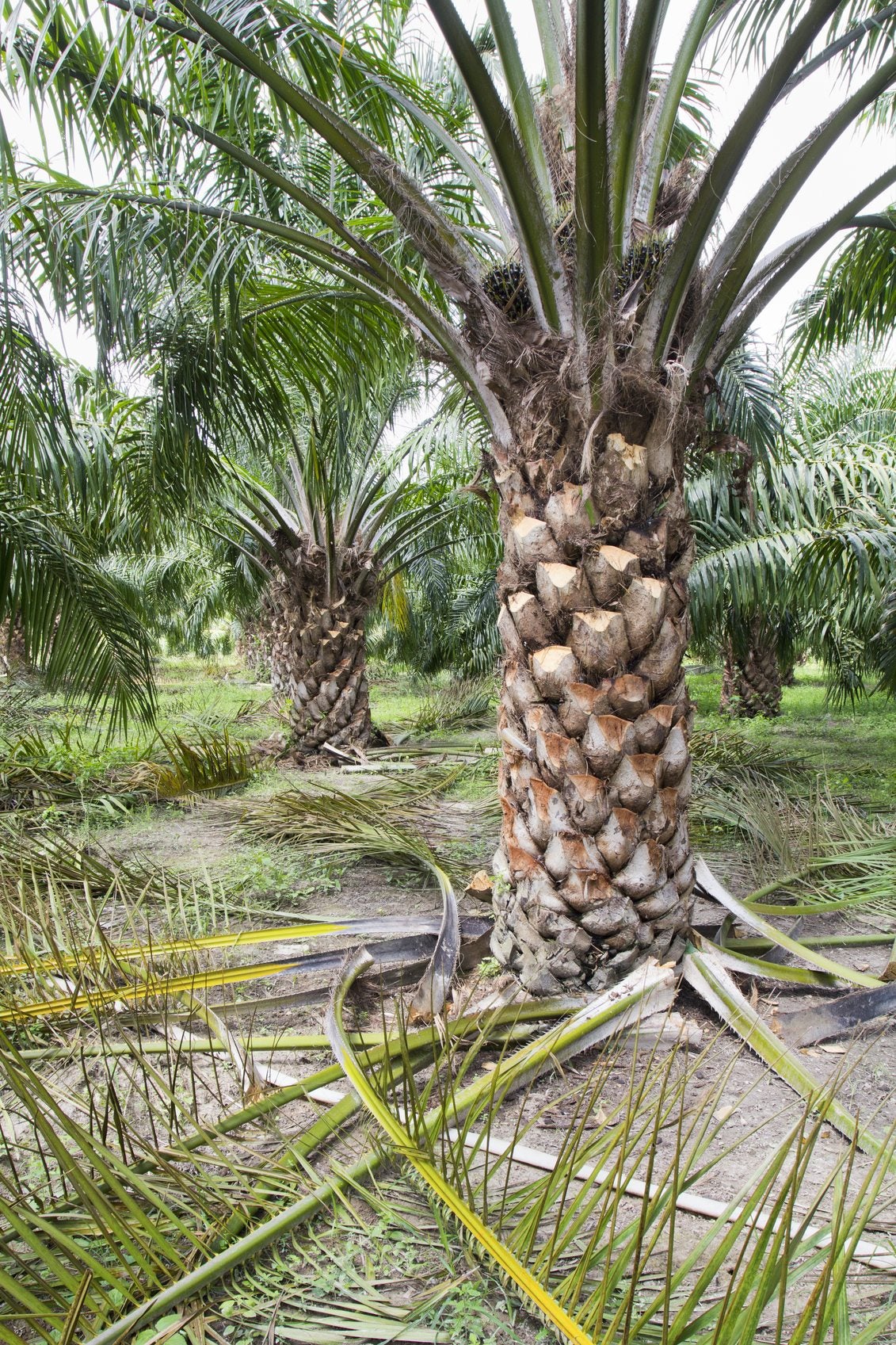 Pruning Palm Plants: Tips On Cutting Back A Palm Tree
Pruning Palm Plants: Tips On Cutting Back A Palm TreeCutting back a palm tree will not make it grow faster. This myth has caused gardeners to do extensive palm tree pruning that doesn't help and can hurt the tree. If you want to know how and when to prune a palm tree, this article will help.
By Teo Spengler
-
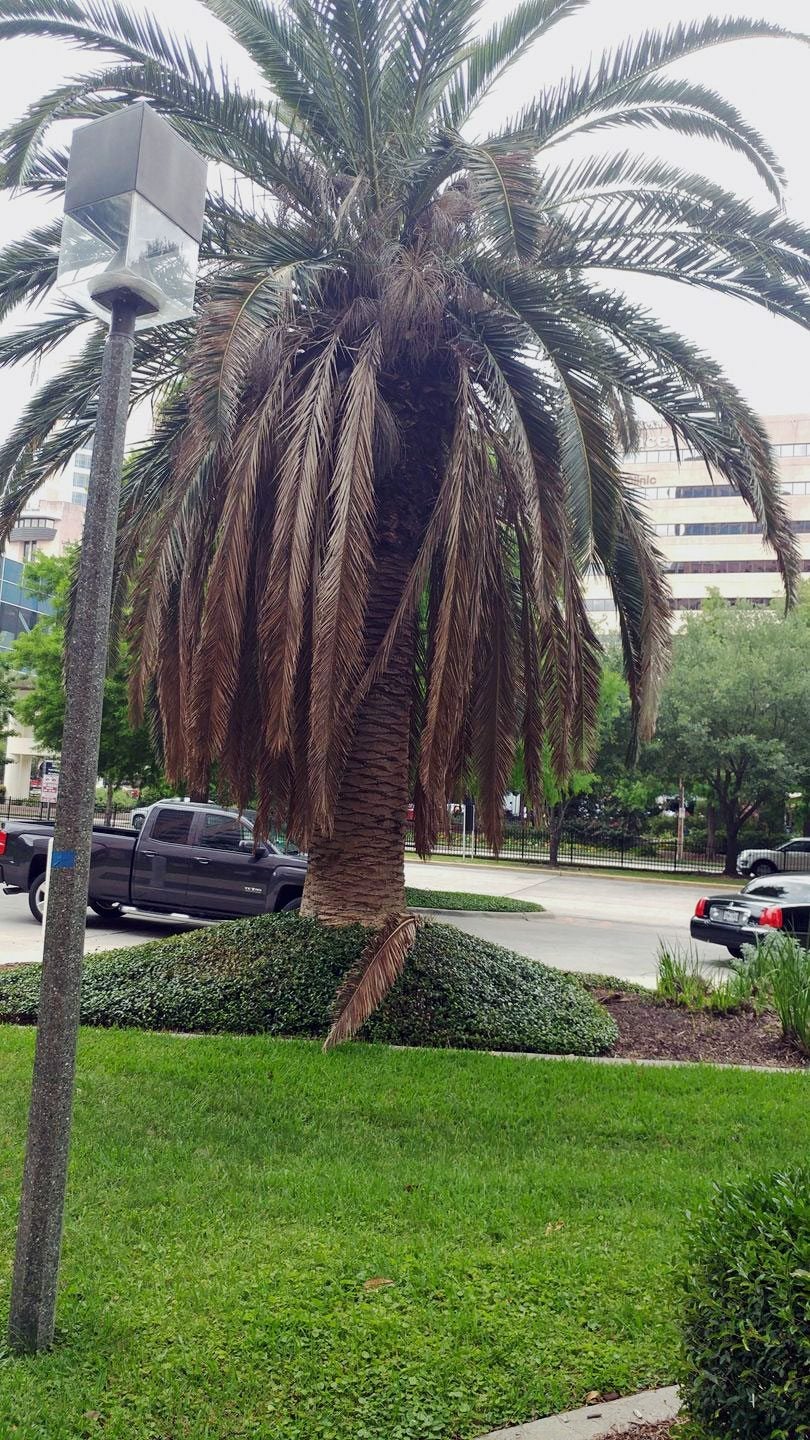 Palm Tree Dropping Fronds: Can You Save A Palm Tree Without Fronds
Palm Tree Dropping Fronds: Can You Save A Palm Tree Without FrondsThere are a number of reasons for palm tree fronds falling off, from natural "cleaning" to damaging cultivation, disease, and pest issues. If there are no fronds on a palm tree, the plant may be in real trouble but it is possible to still save it. Learn more here.
By Bonnie L. Grant
-
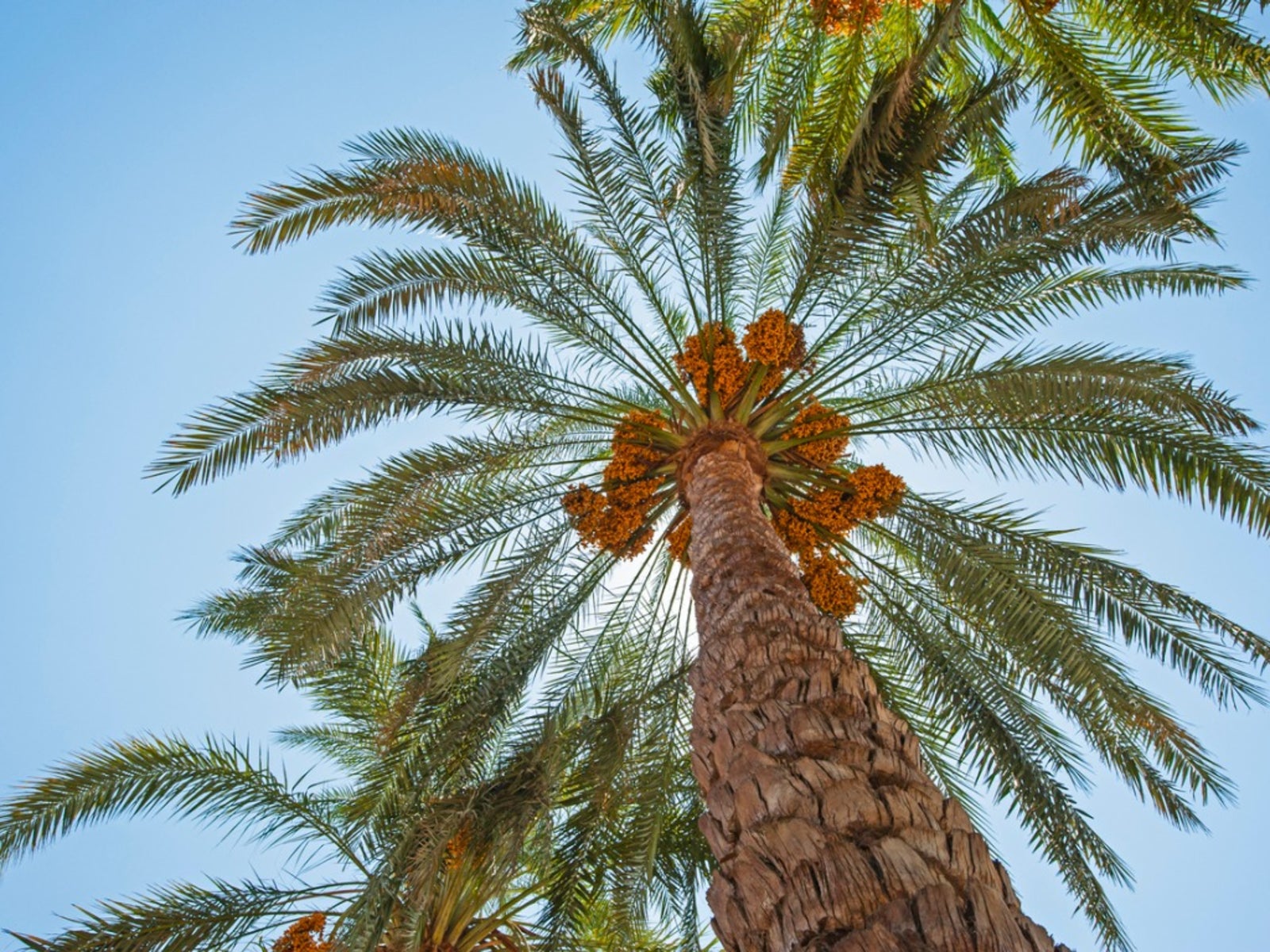 What Is Lethal Yellowing Disease: Learn About Lethal Yellowing Of Palms
What Is Lethal Yellowing Disease: Learn About Lethal Yellowing Of PalmsLethal yellowing is a tropical disease that affects several species of palm. This disfiguring disease can devastate landscapes in South Florida that rely on palms. Find out about lethal yellowing treatment and detection in this article.
By Jackie Carroll
-
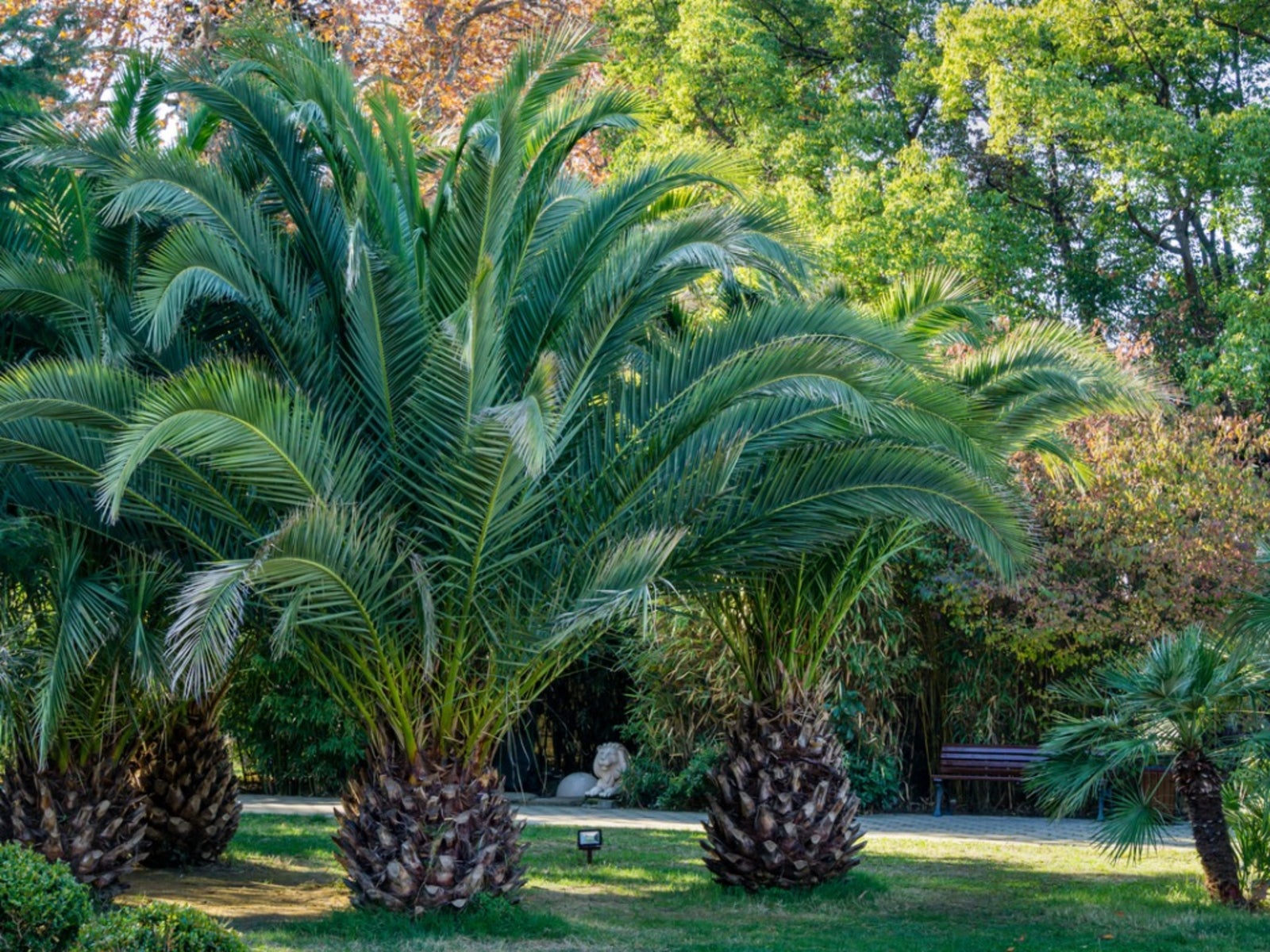 Palm Tree Fusarium Wilt: Learn About Fusarium Wilt Treatment For Palms
Palm Tree Fusarium Wilt: Learn About Fusarium Wilt Treatment For PalmsFusarium wilt is a common disease of ornamental trees and shrubs. Palm tree Fusarium wilt comes in different forms but is recognizable by similar symptoms. This article will help with its identification and treatment.
By Bonnie L. Grant